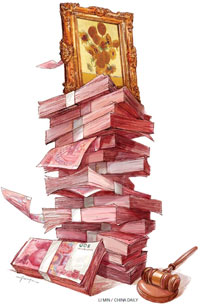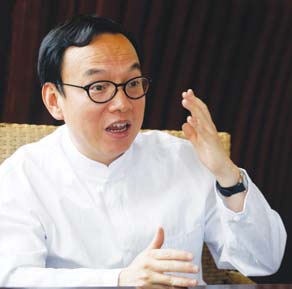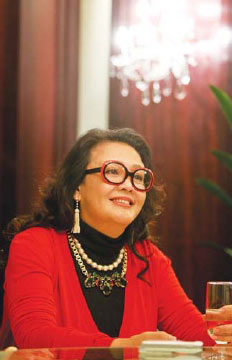Committed Chinese buyers are shaking up the art auction market worldwide
Place your chips now. The international art market might not be quite a roulette table but if it were, the safest gambit would be to put your money on what the Chinese are buying. Chinese art investors are setting the trend at major auction houses in Europe and elsewhere. Whether the Chinese are buying ceramics, French impressionists or 20th Century American art, their very actions make it the thing to buy if you want to see the price of your purchase rise.
|
 |
The hottest items at the moment are Chinese ceramics with investors from the mainland buying back what they see as their heritage.
The Mei Moses Traditional Chinese Art Index, which tracks prices in auction salerooms, increased by 225 percent in the three years to the end of 2010.
Mei Jianping, professor of finance at Cheung Kong Graduate School of Business in Beijing, and co-creator of a series of fine art indices with American academic Professor Michael Moses, says what we are seeing is a repeat of the 1980s when everybody anticipated what the Japanese were buying.
"Then there was a lot of speculation on impressionists since people thought the Japanese were coming and they would buy a lot of impressionists," he says.
"At the moment there is a focus on Chinese art and people are buying it because there is an expectation the Chinese purchases will drive up the market."
One event that stunned the international art world came somewhat unceremoniously at Bainbridge's, a small auction house in Ruislip in northwest London.
A vase that was part of a deceased estate and had been insured for just 800 pounds (950 euros) sold to a Chinese buyer for 53.1 million pounds (63 million euros) in November.
The 1740 piece that had once been in a royal palace had somehow made a mysterious journey to London suburbia.

Mei Jianping is professor of finance at Cheung Kong Graduate School of Business in Beijing. Zhang Wei / China Daily |
At the fall of the hammer the price of every Chinese art object held anywhere in the world probably needed to be revalued.
Mei Jianping is professor of finance at Cheung Kong Graduate School of Business in Beijing. Zhang Wei / China Daily
Professor Mei says there was an ever-present risk of record prices being fetched for such items.
"Whenever you get two billionaires in a room who want something there is always a possibility of things getting out of whack," he says.
"There are very few objects bought for more than $50 million (37 million euros), however. There have been some scrolls in Beijing and Hong Kong recently but many of these items are very rare in the market. In a sense it is hard to put a value on these objects."
Zhao Xu, executive director of Beijing Poly International Auction Co Ltd, the leading State-owned auction house, says he can only see the trend of Chinese people buying art, whether it be Chinese or Western, continuing.
"The emerging Chinese new rich are starting to establish their own set of collections and they need to buy more art pieces to enrich their collections," he says.
He also rejects any notion the Qianlong vase was overvalued compared to the prices fetched by Western art.
"The vase is a very delicate Chinese objet d'art and is more than 200 years old. It is far less valuable than a Picasso painted in the 20th Century. The price of Chinese art is very reasonable by comparison," he says.
Zhao says the buyer who bought the vase in London has also bought items at Poly auctions.

Zhang Lan, chair of South Beauty Co. Photo Provided to China Daily |
"He has a very good relationship with us. He actually paid the highest price for any art work bought at our action too. I think he buys because he is very interested in art and for no other reason," he says.
Professor Yu Ding, deputy dean of the school of humanities of the China Central Academy of Fine Arts in Beijing, says it is important to understand the psyche of those paying record prices for art.
"For me, these prices might seem unbelievable. The buyer, however, in his own heart thinks it is worth the money. You have to understand he is very rich. He probably earns 100 million pounds a year, so he is using only around half his earnings to buy such a piece."
Zhang Lan, 52, chair of Beijing-based South Beauty Co Ltd, which operates upscale restaurants and clubs around China, is one of China's so-called new rich buying art.
Her collection boasts an Andy Warhol as well as leading Chinese contemporary artists such as Fang Lijun and Liu Xiaodong. She paid $2.7 million for one of Liu's works, part of his Three Gorges series.
She believes wealthy people like her buying art can only assist in the development of arts in the country.
"It doesn't really matter whether we do it for investment or just to collect. I think investing in Chinese art, in particular, can only build the reputation of Chinese artists, giving them a stronger and more prominent position in the world," she says.






















